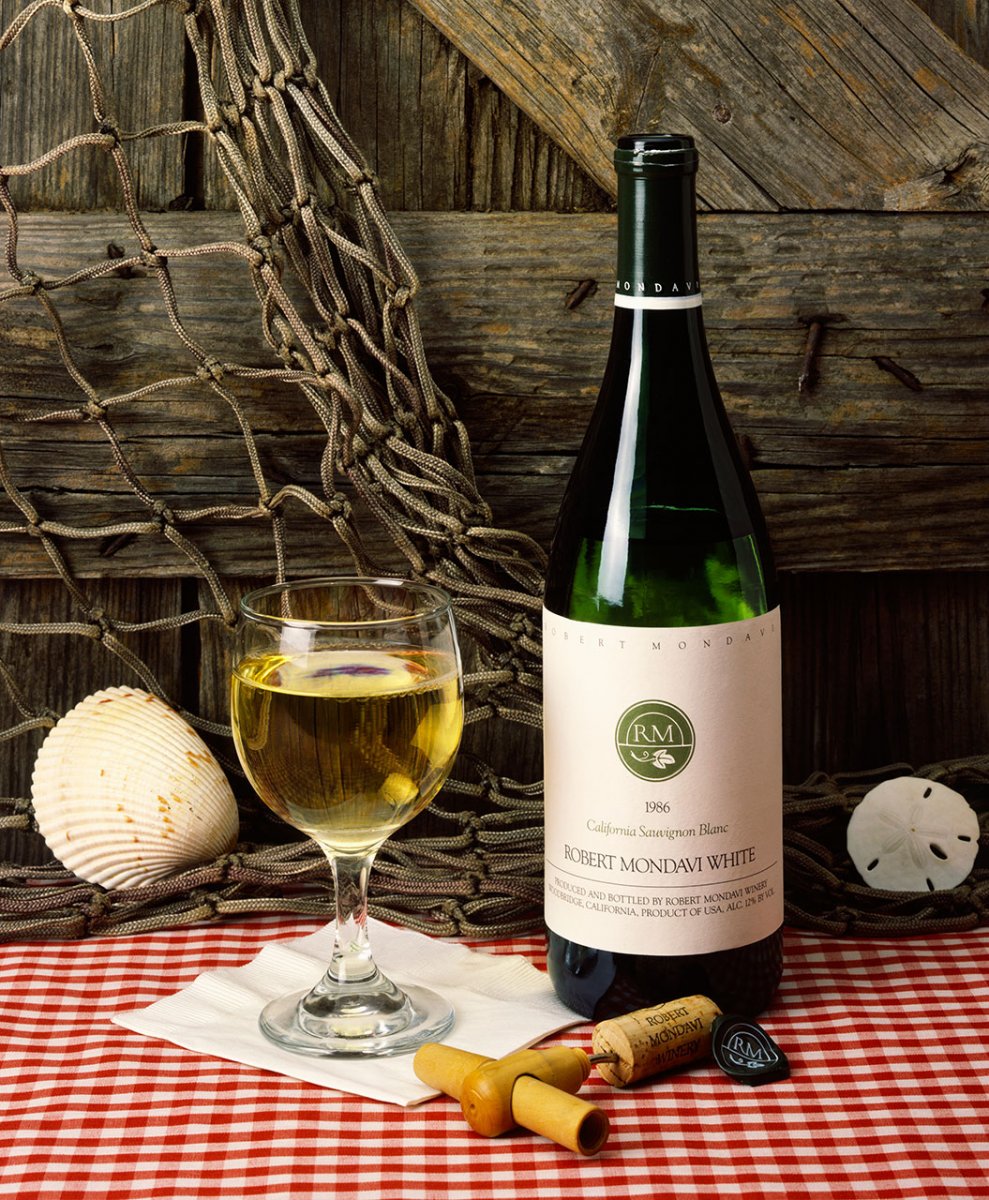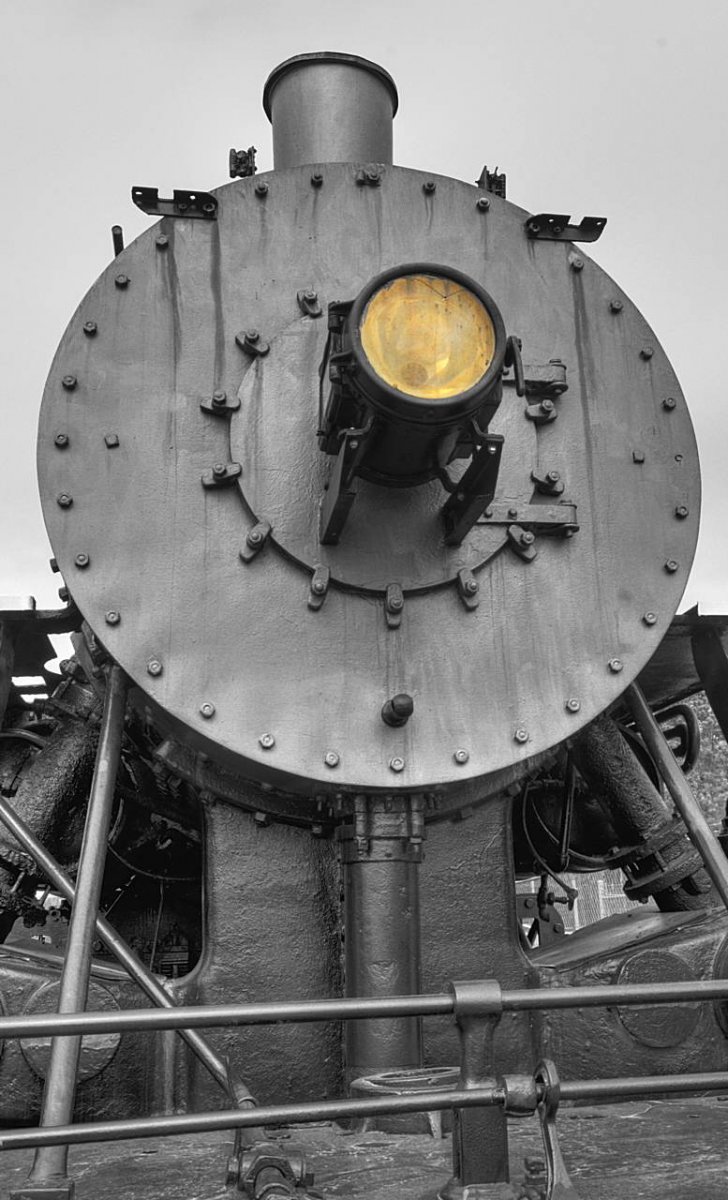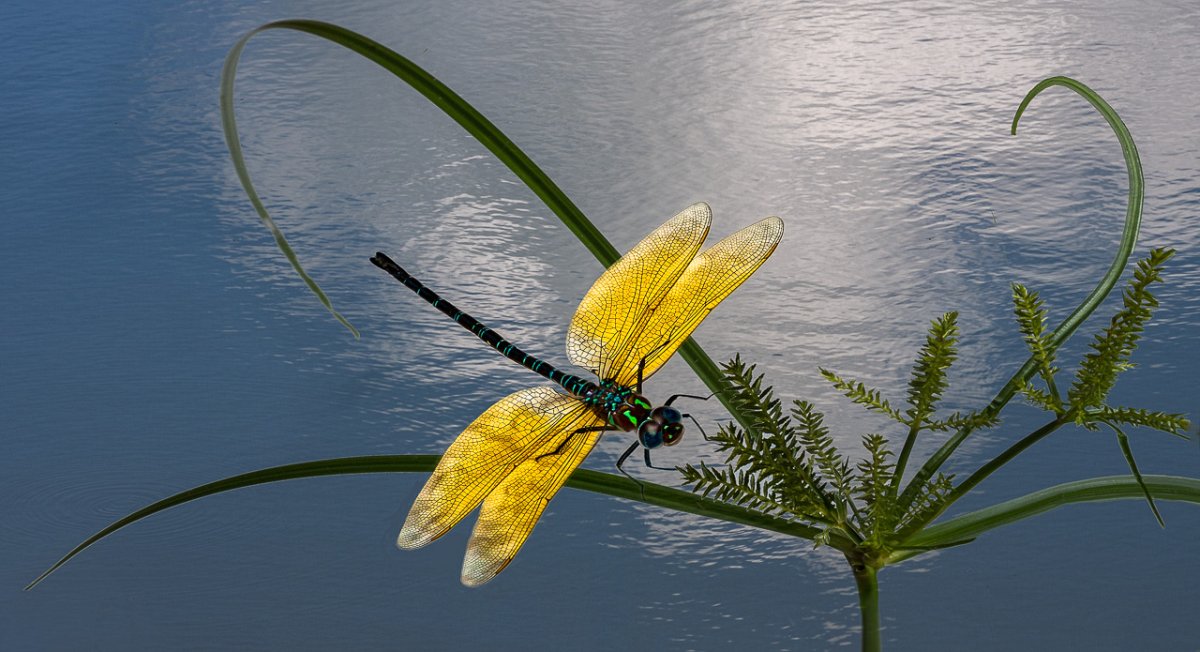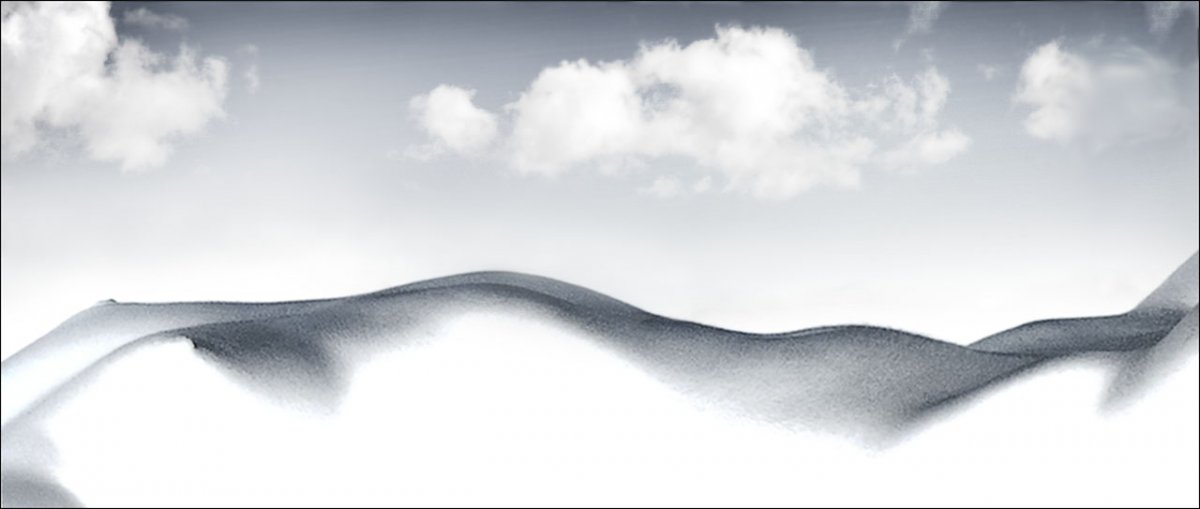Part Two: How does all that literature relate to photography?
Thank you for being so patient! Now let’s consider the variety of image manipulation common in photography, a range that resembles the expanse of literature that we covered in Part One: A Literature Analogy.
We’ve all heard, and some believe, “the camera never lies.” Horse manure! The camera always lies. Let’s go over some of the wide range of image manipulation in photography.
Basic Adjustments
First, there are simple adjustments, such as correcting color balance, contrast, overall lightness or darkness, dodging and burning (by whichever methods), cropping, dust spot removal, HDR, and others. These go way back into the darkroom photography era and should not be controversial even to photojournalists or other purists. Even a simple “out-of-the-camera” JPEG is a highly-processed interpretation of the RAW image captured by the camera sensor. These are just basic elements of our craft.

First Course: Dinner at the Crab Shack by Don Stephens
Moderate Adjustments
Next up the image processing ladder come more sweeping image corrections. Examples include: straightening the vertical lines of buildings, removing trash and debris that was present in the scene, but which are irrelevant distractions; and removing unimportant trees and branches, people, cars, signs, lamp posts and overhead wires, etc.; elements that were present, but which could detract from the impact or effectiveness of the image. All those manipulations are fair game in a photography club.

Head Lamp by Jim Harrison
Extensive Manipulation
Next might be digital superimpositions (staying within the original camera field of view) like changing an empty sky into one with glorious clouds, or inserting objects, people, etc., that weren’t present, but you wish they had been. Now we’re into definite “no-no’s” for photojournalists, but certainly common and accepted for camera club members.

By Our Pond by Stan Greenberg
Extreme Manipulation
At the extreme end, manipulations can include composites (sometimes including non-photographic elements) and collages, use of graphic arts elements and techniques (line-art, typography, etc.), and manual digital “drawing and painting” of image elements. And color inversions, imported textures and patterns, image warping, and too many other “artistic” techniques to list. With such extensive alterations, the final image can be more an illustration than a photographic effort. Is the resulting image still “photography?” Does it matter? Does it matter to a camera club?

Body-Scape by Marc McElhaney
(An aside: We encourage our APS competition committee and board of officers to revisit our competition rules and consider some of the thoughts from this article.)
Conclusions
Photographic images anywhere on the expansive, creative continuum from "accurate, historical, photojournalistic reality" to "pure, fictional, fantasy" can be great images and have intrinsic value. Images of any genre and any amount of manipulation can be insightful, beautiful, artistic, illuminating and truthful (as well as dull, ugly, clumsy, obtuse and false).
It's up to the photographer to decide where an image belongs on their own creative continuum, and how much manipulation or processing the image needs to meet their goals. It's also up to the viewer of an image to discern its purpose and effectiveness, from their own point of view, while considering the photographer's/artist's likely intentions.
Image manipulation is neither naturally good nor bad. Good and great images can be made with minimal manipulation, with extraordinary amounts of pixel pushing, and any amount in-between. It's the artist's creative choice. Does that choice fit the intent? Is the photographer's interpretation powerful? That’s up to the viewer.
Ultimately, the relationship between photographer and viewer should be an interactive process. Before accepting any of this, both the photographer and viewer (reader) should ask, “Is photography art?” or, “Is it just pixels?” And, “Is literature just letters on a page?”
A Challenge: What’s Your Philosophy of Photography?
During his January 2017 program, APS President Mike Shaefer challenged each of us to come up with our own philosophy of photography. We encourage every photographer to take some time to think about your photographic intentions, approaches, and directions. Write them down. And revisit them regularly. As an ancient Greek dude once said, “Know thyself.” (That sounds like the King James translation to me!)
Jim Harrison: My individual philosophy of art and photography includes the words beauty, joy and truth. My photography leans to the pictorial and realistic. I’m not trying to improve on nature’s reality, just seeking to show and share the interesting and glorious scenes, moments and emotions that I’m lucky to experience.
In my opinion, at best, all forms of human expression, including photography, can only be approximations of reality; and, of course, at worst, confusing propaganda & lies. Viewers of photography have a duty to discern many things, including the artist’s/photographer’s intent, stated or unstated.
Don Stephens: My photographic philosophy, as a non-photojournalist, heavily slants toward creating an image that’s not necessarily true to the subject, but that makes the subject look like I think he/she/it should look, or that tells the story that I want to tell.
Your thoughts and feedback?
Email the authors: Jim Harrison and Don Stephens.

